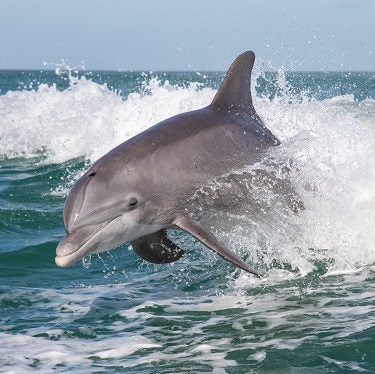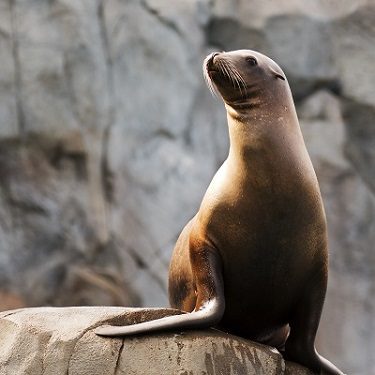Marine Life Encyclopedia
Cephalopods, Crustaceans, & Other Shellfish
Acorn Barnacle
Semibalanus balanoides
Distribution
Cold temperate to sub-polar latitudes of the Northern Hemisphere
eCOSYSTEM/HABITAT
Rocky shores
FEEDING HABITS
Filter feeder
TAXONOMY
Subphylum Crustacea (crabs, shrimps, and relatives), Order Sessilia (acorn barnacles)
Barnacles, somewhat surprisingly, are crustaceans (like crabs, lobsters, krill, etc.). Unlike most crustaceans, however, adult barnacles are sessile – they can’t move. After a short phase spent as planktonic larvae, barnacles settle, attach to a hard substrate, and never move again. The Acorn Barnacle is one species in a large group of species with the same common name that do not have stalks and instead attach their shells directly to the substrate. Gooseneck Barnacles are a common example of the stalked variety.
Acorn barnacles live along rocky shores throughout the north Atlantic and north Pacific oceans. Once an acorn barnacle attaches as an adult, it surrounds itself with a strong shell that provides it protection from predation and allows it to trap some water during low tide. Acorn barnacles live in the intertidal zone (the area between the high tide and low tide levels) and therefore needs to be able to survive long periods outside of the water. The shell can be closed tightly in order to prevent it from drying out. After they attach and build their little houses, acorn barnacles filter feed small plankton and other particles from the water using their modified legs.
The acorn barnacle mating system is very interesting. Adults are hermaphroditic – they are both male and female – but they cannot self fertilize and must mate with other individuals to successfully reproduce. Like most crustaceans, this species reproduces via internal fertilization. For a species that includes individuals that cannot move, that can be a difficult process. Fortunately, individuals of this species have extremely long penises – the longest penises (relative to body size) of the animal world. While the adult body size is typically not larger than a half inch (1.25 cm), the penis can be three inches long (7.5 cm), six times the length of the body. Using this organ, individuals can pass and receive sperm to and from their neighbors. Individuals that are more than three inches away from any neighbor cannot reproduce. Even more interestingly, the penis dissolves at the end of the mating season and grows back each year.
Acorn barnacles are not utilized or seriously threatened by people in any way. However, visitors to the rocky shore must be careful not to trample these animals during low tide.
Get Involved

Donate Today
SUPPORT OUR WORK TO PROTECT THE OCEANS BY GIVING TODAY
With the support of more than 1 million activists like you, we have already protected nearly 4 million square miles of ocean.

TAKE ACTION NOW
Support policy change for the oceans
Decision-makers need to hear from ocean lovers like you. Make your voice heard!

VISIT OUR ADOPTION CENTER
SYMBOLICALLY ADOPT AN ANIMAL TODAY
Visit our online store to see all the ocean animals you can symbolically adopt, either for yourself or as a gift for someone else.

DOWNLOAD OCEAN ACTIVITIES
HELP KIDS DISCOVER OUR BLUE PLANET
Our free KELP (Kids Environmental Lesson Plans) empower children to learn about and protect our oceans!



